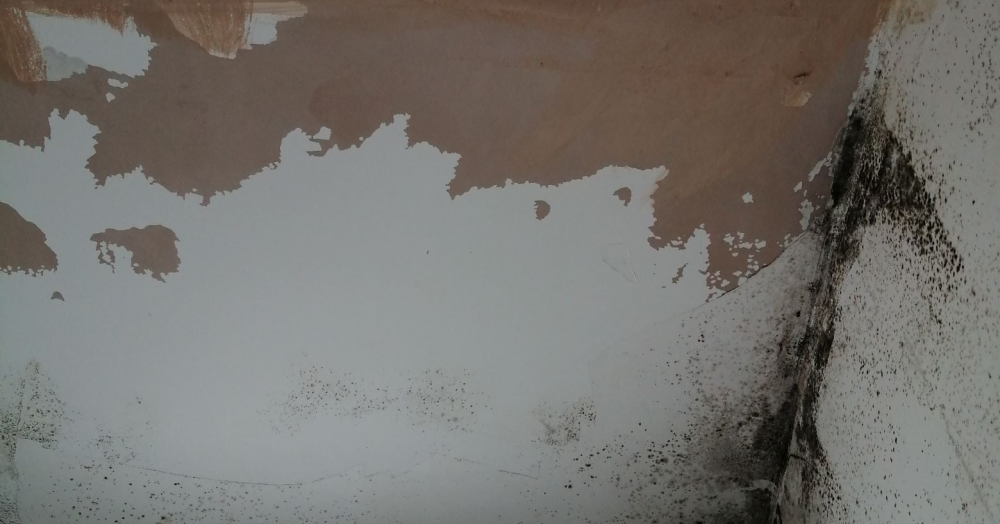Damp and mould typically rears its head during the colder months of the year. new guidance recently released about understanding and addressing the health risks of damp and mould in the home has been issued for England, though the principles will likely apply more widely.
There are three main causes of damp and mould in a property which could affect the tenant’s right of enjoyment living in a rented property. It may be that everyday tasks, such as cooking,
bathing, washing and drying laundry which could contribute to the production of indoor moisture, or there could be other fundamental causes. These could be building deficiencies, inadequate ventilation, inadequate heating and/or poor energy efficiency, which would not be due to the tenant’s normal domestic activities.
If a tenant complains to the local authority, it is normally the consequences and ramifications for unresolved damp and mould problems that can be very serious and costly for a landlord.
You must establish the cause and, if it is a problem with the structure or faulty installation, the landlord should repair and make good.
Rising Damp
The walls of a property start below ground level as ‘footings’. These will be inherently damp and construction methods over the last 150 years have looked to prevent this moisture tracking up through the bricks into the property by installing an impermeable layer referred to as a damp proof course (DPC). Current building regulations state the DPC is set a minimum of 150 mm above ground level. DPCs became standard in properties from around the 1870s consisting of a layer of slate sandwiched between the bricks. This has evolved over time to a layer of bitumen coated fabric and now plastic in modern houses. Alternative DPC’s may be several layers of impervious ‘blue’ engineering bricks and occasionally hemp. A retro-fit for a failed DPC would involve a chemically injected replacement DPC. For modern properties, under a solid floor, there should be a plastic damp proof membrane (DPM) barrier as well, to stop the moisture coming up through the floor. Therefore, where there is evidence of rising damp, the DPC or DPM may have been damaged or bridged, for instance increasing external ground level above this line by raising the soil level of an adjacent flower border, installing a new patio or driveway above the DPC can be common causes. Causes include poor construction or remedial work leading to ‘bridging’ of the DPC by external plaster work, blown rendering, clogging of the internal cavity wall by sloppy brickwork or even early types of cavity wall insulation can also be contributary factors.
Penetrating Damp
Penetrating damp arises where water leaks through a wall or other surface possibly appearing as circular marks or as a regular pattern. This again could be poor construction allowing water to track across wall ties covered in excess cement, or chimney breasts that have been blocked up or a failed roof flashing. Additional causes can be from leaking pipes, overflowing blocked gutters and downpipes, failed tanking to walls below ground level or basements. The true source of a leak can be misleading with water tracking along floor joists and only becoming visible some distance away from the immediate source, therefore finding some sources can be challenging. A source that should not be ruled out is that of an adjoining property. This may be straight forward to identify from one flat to another but could also be adjoining houses such a as failed flashing around a chimney or parapet wall on the neighbouring property.
Condensation
Condensation is the problem often blamed on a tenants lifestyle and the obvious sign of most damp issues, but the first two, rising and penetrating damp, may be indirect contributors. The process causing condensation is when water vapor becomes liquid condensing on a colder surface. It is the
reverse of evaporation, where liquid water becomes a vapor. Condensation happens if the air is cooled to its dew point. To tackle this issue you need to understand where the water comes from; is it weather, evaporation, cooking, washing or breathing? All or some of these factors can create, or make worse, the damp and mould problem in the rented property.
If tenants complain of condensation it is important to investigate the underlying reason why there is too much moisture in the air, then address that cause. Condensation is typically only the symptom of some other issue.
The HIVE guide will also help
Heating, keep on for longer not hotter
Insulate, cold surfaces
Ventilation is key
Educate tenants
This article is produced and distributed on a limited basis. Whilst the information researched and provided is believed to be correct, neither the sender nor anyone involved in the production of it, accepts responsibility for its accuracy.

